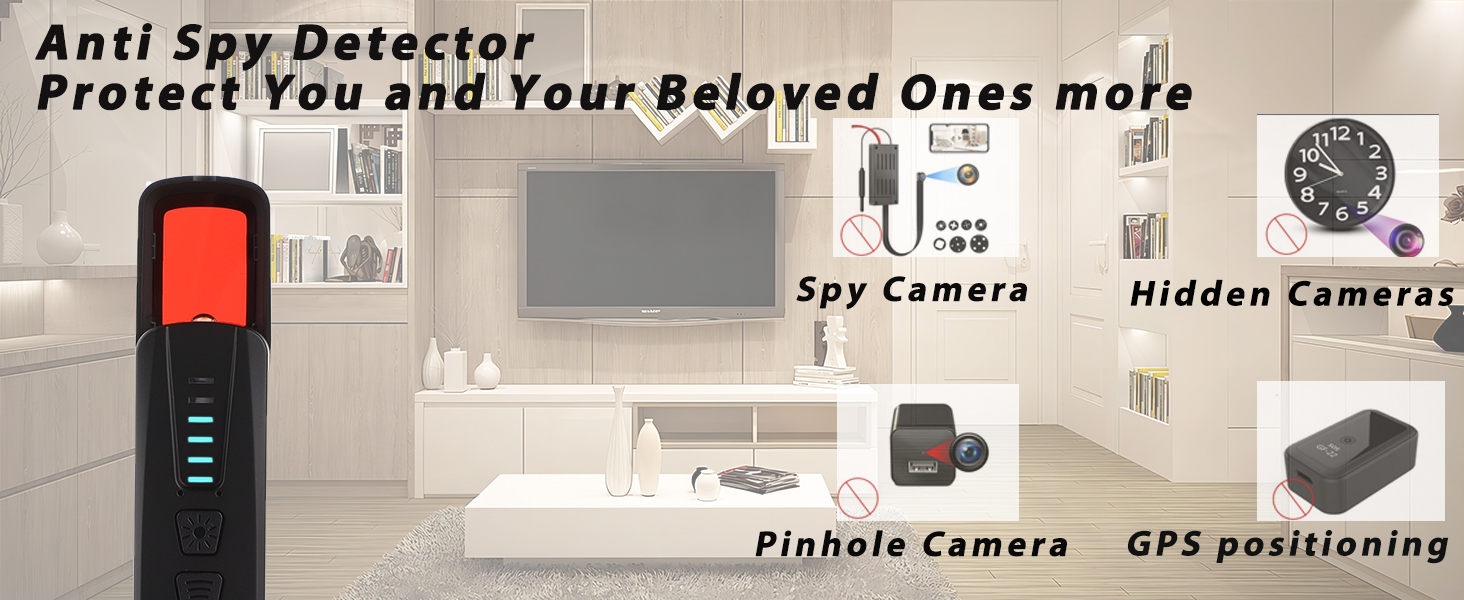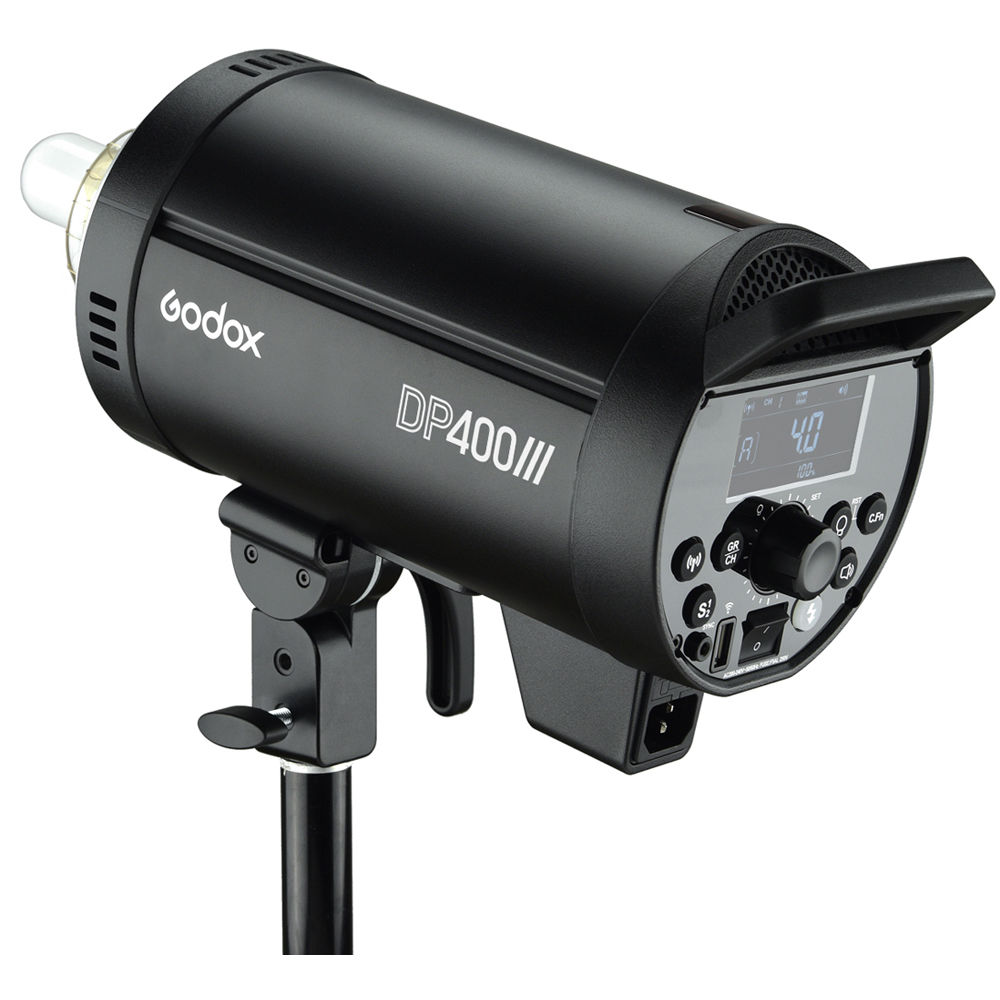Innovative Solutions to Hidden Camera Detection Challenges
Innovative Solutions to Hidden Camera Detection Challenges

In an increasingly interconnected world, concerns about privacy violations are rising. Hidden cameras, deployed maliciously or unknowingly, pose a significant threat. Detecting these clandestine devices isn’t always easy, requiring innovative solutions beyond the standard methods. This article delves into the evolving landscape of hidden camera detection, exploring both established techniques and cutting-edge technologies that address the challenges of finding these ever-shrinking and increasingly sophisticated devices.
The Ever-Evolving Threat of Hidden Cameras
The technology behind hidden cameras has advanced significantly. No longer are we limited to bulky, easily spotted devices. Miniaturization has led to cameras disguised as everyday objects – buttons, smoke detectors, USB chargers, even innocuous home décor items. This makes detection considerably harder for the untrained eye. Furthermore, the rise of Wi-Fi and internet connectivity allows these cameras to transmit footage remotely, making the consequences of undetected surveillance even more severe.
Traditional Detection Methods and Their Limitations

While traditional methods like a thorough visual inspection and careful examination of suspicious objects remain important first steps, their effectiveness is limited by the sophistication of modern hidden cameras. Looking for blinking LEDs, unusual wires, or subtle lens reflections might uncover some devices, but many cameras are designed to be virtually invisible. Moreover, simply relying on visual inspection is time-consuming and prone to human error, especially in larger spaces.
RF Detection: Unmasking Wireless Signals
Radio Frequency (RF) detectors are a valuable tool in the fight against hidden cameras. These devices scan for the wireless signals emitted by many cameras, providing an alert when a suspect signal is detected. However, RF detectors are not a silver bullet. Some cameras operate on less common frequencies, or use sophisticated methods to minimize their RF signature. Furthermore, the presence of numerous legitimate wireless devices can lead to false positives, requiring careful interpretation of the detector’s readings.
Infrared (IR) Detection: Seeing the Invisible
Many hidden cameras have an infrared (IR) LED for low-light recording. An IR detector can reveal the subtle glow of these LEDs, even in darkness. These detectors often use specialized lenses and sensors to pick up the near-infrared light emitted by the cameras. This is an effective method but can also trigger false positives, particularly with other IR-emitting devices such as remote controls. The quality of the IR detector significantly impacts its accuracy and effectiveness.
Lens Detection: Identifying Reflective Surfaces
Even the most cleverly concealed camera has a lens. Utilizing a strong light source and a keen eye for reflections, you might spot the faint glint of a lens. Specialized lens detectors utilize polarized light to enhance the visibility of these subtle reflections. This technique can be particularly effective in identifying cameras disguised within seemingly innocuous objects.
Software-Based Detection: Leveraging AI and Machine Learning

The latest advancements in hidden camera detection involve sophisticated software algorithms. These programs use artificial intelligence (AI) and machine learning (ML) to analyze images and video streams, identifying features consistent with hidden cameras. While still developing, these tools promise to significantly improve detection accuracy by identifying subtle visual cues that might be missed by the human eye. This technology offers the potential to automate much of the detection process.
Advanced Techniques and Future Trends
Researchers are constantly developing new methods to detect hidden cameras. These include using terahertz (THz) waves, which can penetrate certain materials to reveal concealed devices, and hyperspectral imaging, which analyzes subtle differences in light reflection to identify hidden objects. These advanced techniques are currently in the research and development phase but hold immense potential for the future.
Practical Advice for Effective Hidden Camera Detection
Regardless of the method you choose, a systematic approach is essential for effective hidden camera detection. Start with a thorough visual inspection, focusing on common hiding places. Supplement this with RF and IR detection, carefully noting any anomalies. Consider using a lens detector for added assurance. When dealing with larger spaces or complex environments, professional assistance may be necessary.
The challenge of detecting hidden cameras is ongoing. The technological arms race between those who create these devices and those who seek to detect them continues. By understanding the limitations of traditional methods and exploring the potential of innovative technologies like AI-powered software and advanced imaging techniques, we can significantly enhance our ability to protect our privacy and ensure security in our increasingly interconnected world.


